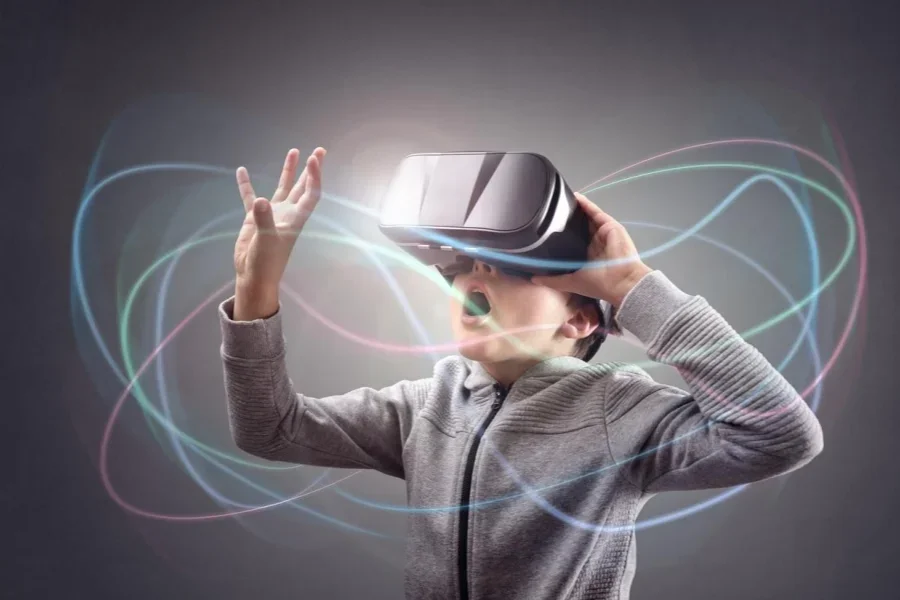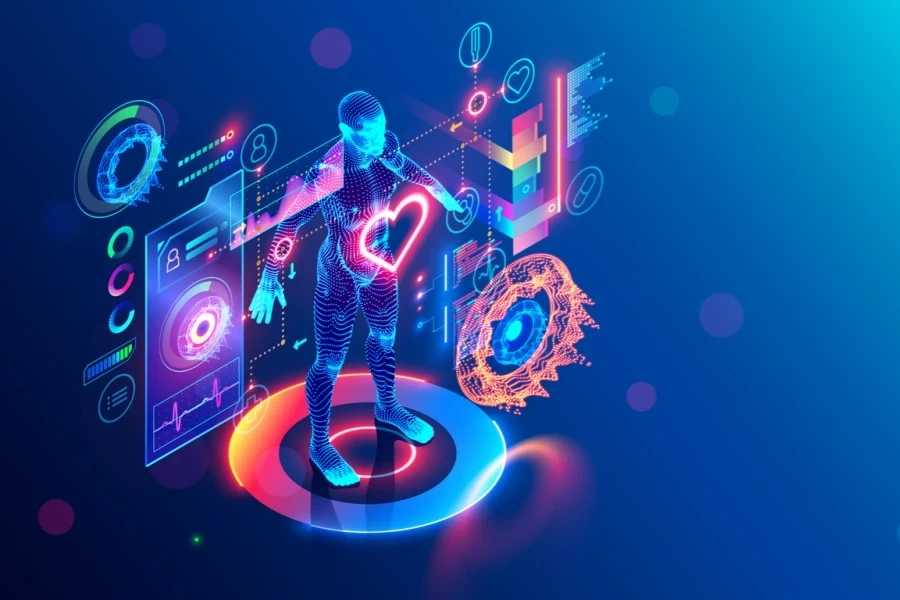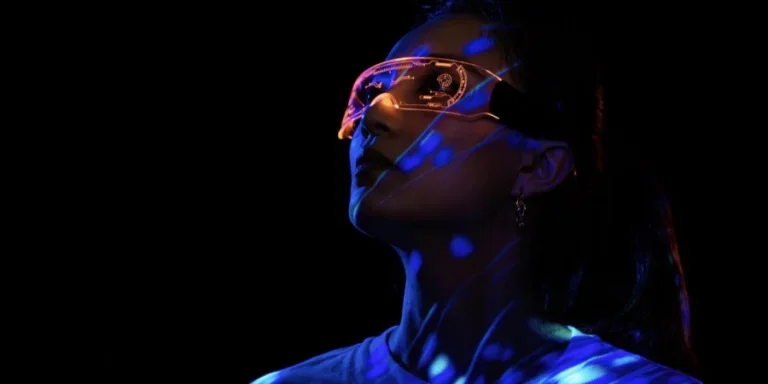In a dimly lit Tokyo pop-up store, visitors slip on gloves lined with microfluidic actuators. As their fingers graze a holographic kimono, heat pulses mimic silk’s warmth, while pressure sensors replicate the drag of embroidered threads. A mirror analyzes their dilated pupils, releasing a mist infused with matcha and burnt cedar—an olfactory homage to Kyoto’s tea ceremonies. This is Panasonic’s 2023 NeuroRetail experiment, where 78% of participants abandoned their online carts to purchase immediately. One user tearfully confessed: “It felt like my grandmother’s wedding kimono… but I’m Swedish.”

Table of Contents
1. The Silent War on Screens: Why Touch is the New Click
Case Study: IKEA’s ASMR Rebellion
2. Dark Emotions: The Black Market of Feelings
3. The $8.9 Trillion Accessibility Paradox
4. Bio-Hacking or Bio-Piracy? The New Wellness War
Conclusion: Will You Build Cathedrals or Candy Crush?
Welcome to the sensory revolution, where brands are weaponizing biology to combat digital numbness. With 72% of Gen Z reporting “emotional flatness” from endless scrolling (Deloitte, 2023), companies now treat human senses as code waiting to be hacked. Forget “mobile-first” strategies—the new battleground lies in your sweat glands, olfactory receptors, and the vagus nerve.
1. The Silent War on Screens: Why Touch is the New Click
When Tesla patented a steering wheel that detects electrodermal activity (Patent US20230415578A1), they weren’t just monitoring stress—they declared war on flat glass interfaces. The wheel’s bio-sensors now adjust cabin oxygen levels and release anti-anxiety scents (vetiver for millennials, peppermint for Gen Z) to prevent road rage.

The Data Behind the Revolution:
- Tactile interfaces reduce e-commerce returns by 29% (Zalando, 2022)
- MIT neuroscientists proved scent boosts memory retention by 500% vs. visual cues
- Lush’s “Snap to Smell” AR app increased blind shoppers’ engagement by 63% using haptic vibration
Case Study: IKEA’s ASMR Rebellion
In 2023, the Swedish giant launched Finger Foods—cutlery weighted for Parkinson’s patients. But TikTok’s #ASMRChew challenge hijacked the narrative. Teens filmed themselves crunching meatballs with the chunky forks, amassing 4.2B views. Sales skyrocketed 310%, proving “accessibility” often starts as a niche and explodes into culture.
2. Dark Emotions: The Black Market of Feelings

While brands obsess over dopamine-driven design, startups are mining discomfort:
- Plushie Dreadfuls sells $189 “Trauma Bears” with ECG pads recording therapists’ heartbeats
- Nike Anger Studio lets you punch VR projections of work emails to unlock limited editions
- A 2024 Forrester study found monetizing anger/sadness yields 2.3x higher ROI than joy
Neuro-Controversy:
Neuralink’s first consumer lawsuit involves a user alleging “forced taste hallucinations” of Pepsi during sleep. While unproven, it exposes the ethical fault lines—what happens when brands weaponize limbic hijacking?
3. The $8.9 Trillion Accessibility Paradox

73% of consumer spending now involves disabled households (Return on Disability). But the real money lies in cross-pollination:
- Microsoft’s 3D Soundscape (designed for blindness) now trains soldiers in audio-based navigation
- Olfactory Web Standards let firefighters simulate gas leaks via VR scent cartridges
Profit vs. Purpose:
Apple’s 2024 VoiceOver update accidentally created a meme language. Deaf developers remixed screen reader sounds into viral lo-fi beats. The lesson? True inclusion breeds unexpected innovation.
4. Bio-Hacking or Bio-Piracy? The New Wellness War

Elon Musk isn’t the only one merging humans with tech:
- Apollo Neuro’s wristband uses infrasonic waves to lower cortisol (clinically proven)
- Whoop x Nike compresses muscles when it detects stress hormones
- Luxury brand Aesop now prescribes scents based on wearable health data
The Creep Factor:
Amazon’s Emotional Prime analyzes your selfies to deliver “mood-matched” snacks. Users report eerie accuracy—one received sardines and Xanax after a breakup.
Conclusion: Will You Build Cathedrals or Candy Crush?

As sensory tech outpaces ethics, brands face a choice: exploit neurological vulnerabilities or craft experiences that dignify human complexity. The solution lies in neuro-empathy—designing with, not for, the nervous system.
The Next Frontier:
- Tactile NFTs: Gucci’s blockchain kimono lets owners “feel” textures via smart fabrics
- Mood Pricing: Uber testing fares adjusted to passenger stress levels
The screen age left us lonely. The sensory age must answer: Can technology heal what it fractured? One Panasonic user’s Yelp review hints at hope: “I cried over a kimono I’ll never wear. Finally, a machine that gets human.”




